Trust by Design: How Airbnb Invited Strangers Home
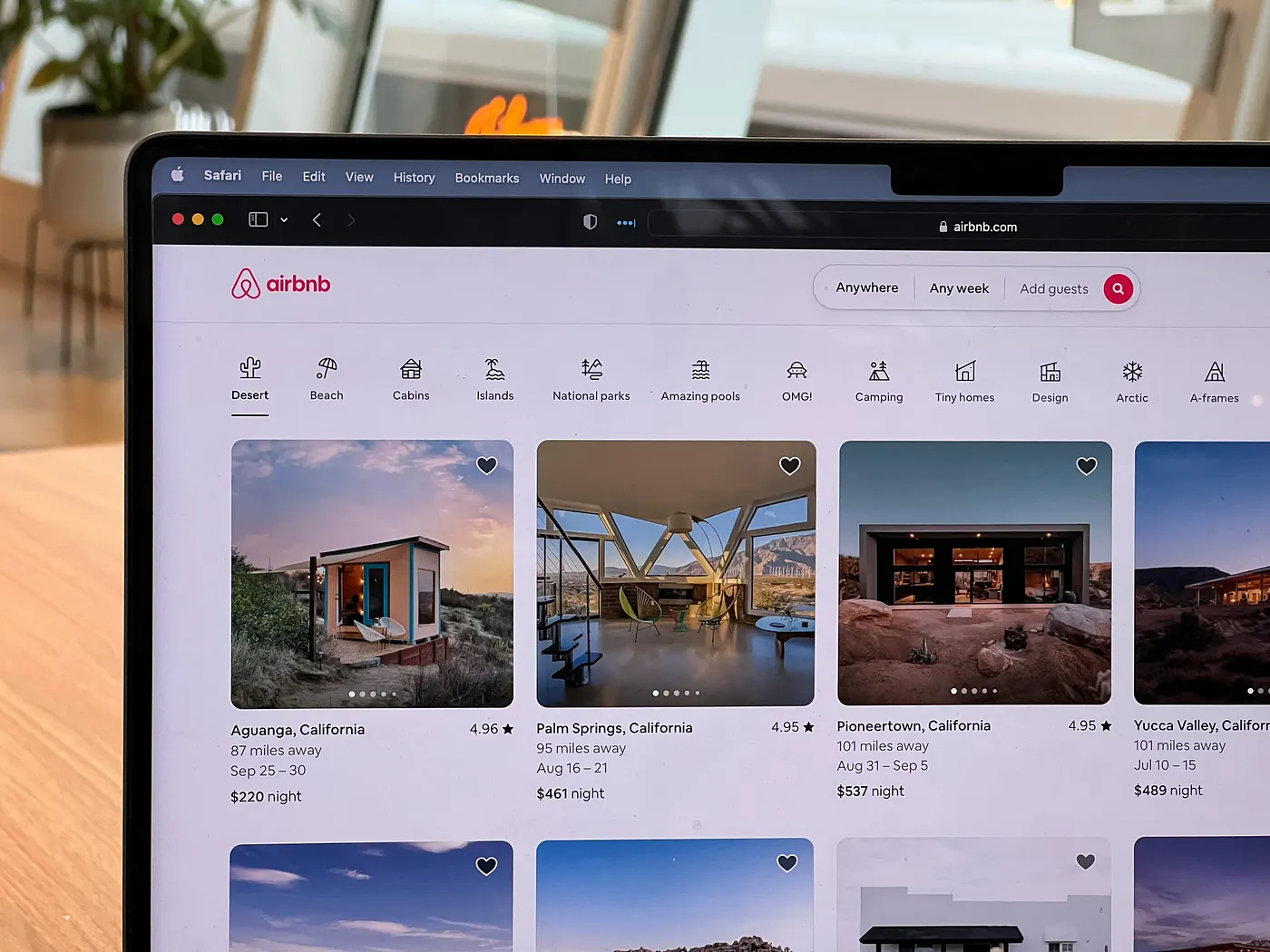
Unpack the hidden role of psychology and design in the trust economy. See the surprising aspects that built Airbnb.
In 2007, young designers in San Francisco — Brian Chesky, Nathan Blecharczyk and Joe Gebbia — were broke. A design conference had filled every hotel in the city, so they decided to rent out their apartment floor with air mattresses and breakfast.
They called it Air Bed & Breakfast.
It sounded ridiculous.
“Strangers? Sleeping on your floor? In your house?”
But three people showed up — Kay, Michael, and Amol — and that night, the absurd idea turned into an insight that would reshape global travel:
People are willing to trust strangers when the environment makes them feel safe, connected, and seen.
From that seed grew Airbnb, one of the most disruptive companies of the 21st century — not because it sold rooms, but because it sold trust.
The Real Challenge: Making Strangers Trust Each Other
Traditional hotels sold safety and predictability. Airbnb asked people to give up certain things in exchange for authenticity and connection.
The founders faced three deeply human fears:
- Safety — “Can I trust this person in my space?”
- Social comfort — “Will this be awkward?”
- Quality — “Will the experience be worth it?”
Every decision Airbnb made — from design and policy to storytelling and technology — was crafted to chip away at those fears.
Their goal wasn’t to make travel cheaper. It was to make trust scalable.
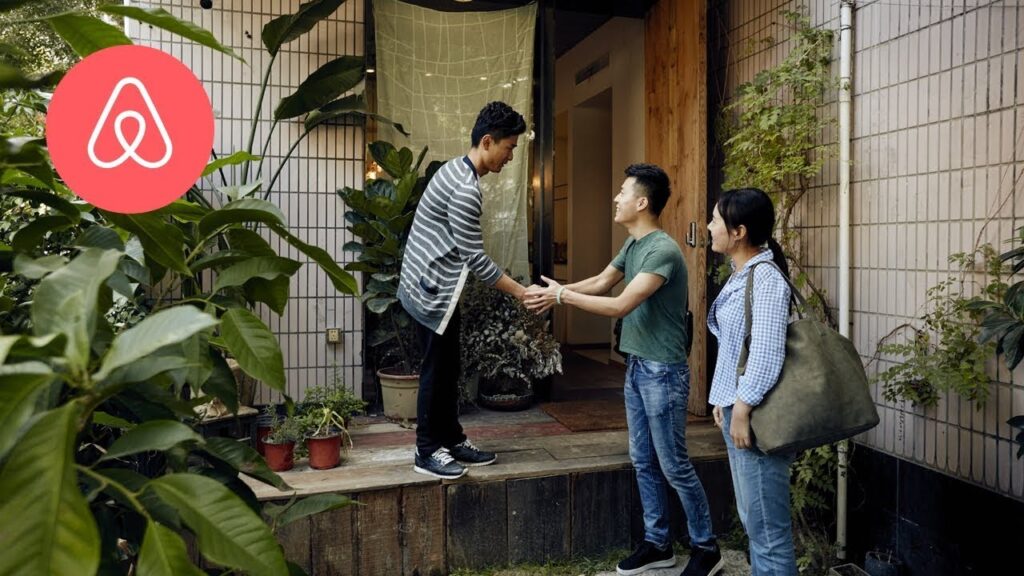
Step 1: Designing for Trust, Not Transactions
When AirBed & Breakfast launched in 2008, listings were sparse and pixelated. Few people booked — not because of price, but because of fear.
Then came a simple but revolutionary idea: hire professional photographers.
Suddenly, properties looked credible. Bookings tripled almost overnight.
Airbnb realised that trust could be designed through visuals, clarity, and human cues.
So they built digital trust into every layer of the product:
- Real photos of hosts and guests (not avatars)
- Verified identities and secure payment systems
- Two-way reviews and public ratings
- Private messaging before booking
- Host guarantees and guest protection
“Design isn’t just how it looks,” Chesky said, echoing Steve Jobs. “It’s how it works — and how it builds trust.”
Airbnb’s interface became the bridge between two strangers — a visual handshake that said, “You can relax. This is real.”
Step 2: Turning Fear into Connection Through Storytelling
Airbnb understood early that people don’t buy features; they buy feelings.
So it didn’t sell rooms. It sold belongings.
By 2013, with help from brand strategist Douglas Atkin, the team interviewed 500 users across continents to understand what Airbnb truly meant to them. One word surfaced again and again: belonging.
That single insight became the company’s soul — and its enduring motto:
“Belong Anywhere.”
Airbnb’s campaigns became emotional manifestos for connection:
- “Belong Anywhere” (2014): A celebration of diversity and shared humanity.
- “We Accept” (2017, Super Bowl): A bold statement on inclusion during a divided time.
- “Made Possible by Hosts” (2021): A heartfelt post-pandemic tribute to the humans behind the listings.
Each campaign reframed fear — not as risk, but as opportunity. It invited travellers to be curious, open, and human again.
The message wasn’t “stay in a stranger’s home.”
It was “feel at home, anywhere in the world.”
Step 3: The Reputation Loop — Turning Trust into a System
Airbnb’s most significant innovation wasn’t its technology; it was its reputation loop — a two-way review system that turned every guest and host into accountable community members.
After each stay:
- Guests review hosts for cleanliness, accuracy, and hospitality.
- Hosts review guests for communication and conduct.
This loop created social accountability (“I’ll behave well because I’ll be reviewed”), established community norms, and replaced anonymity with transparency.
Trust was no longer a risk. It became a currency.
Step 4: Financial Safety and Insurance — Protecting Both Sides
Even trust needs a financial backbone. Airbnb introduced systems to make transactions safe and fair for both parties.
- Escrow-Based Payments: Guest payments were held until 24 hours after check-in, ensuring the property matched expectations.
- AirCover Program: A comprehensive safety net offering up to $1 million in damage protection for hosts and guaranteed refunds or rebookings for guests facing cancellations or misrepresented listings.
These measures didn’t just prevent fraud — they made both sides feel secure enough to leap.
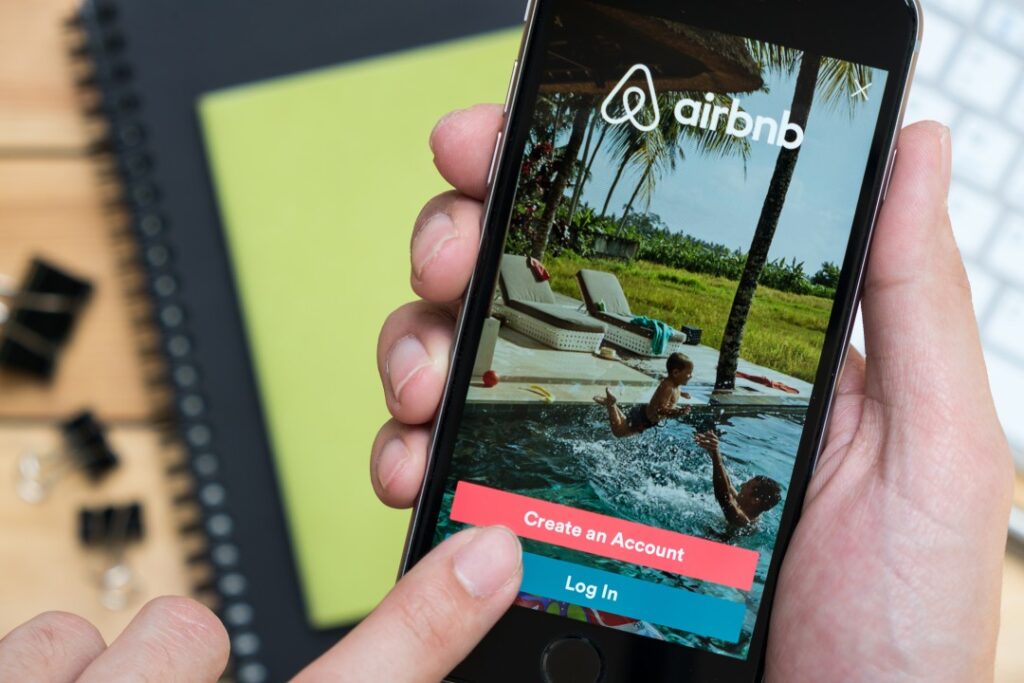
Step 5: Behavioural Science Meets Technology
Airbnb’s trust design wasn’t guesswork — it was grounded in psychology and data.
They studied user behaviour to uncover what inspired comfort:
- Smiling profile photos increased booking likelihood.
- Detailed bios and previous reviews reduced cancellations.
- Guests trusted profiles with at least three reviews far more.
So the platform gently nudged users to complete bios, upload photos, and collect feedback — all designed to humanise the transaction.
Behind the scenes, AI-driven risk engines scanned millions of data points to flag fake listings, prevent fraud, and spot potentially unsafe patterns.
Airbnb didn’t just build a brand. It built a measurable system of trust.
Step 6: Building a System of Safety and Transparency
Airbnb soon realised that emotional trust needed institutional trust — rules, checks, and accountability.
They invested heavily in a global safety infrastructure:
- Background checks for hosts and guests in many markets
- AI-based risk detection for fake listings or suspicious activity
- Party ban policies and a neighbour hotline for community reporting
- A full-fledged Trust & Safety Team, backed by an external advisory board for independent oversight
By 2024, Airbnb operated in 220+ countries, with over 800 million bookings and fewer than 0.05% safety-related incidents — a remarkable record given its scale.
The message was clear: You can belong anywhere — safely.
Step 7: The Community Flywheel — Trust That Grows Itself
Once trust took hold, growth became organic.
- Satisfied guests became hosts.
- Happy hosts invited their friends to the list.
- Each new review made the next booking easier.
This self-reinforcing loop — the community flywheel — made Airbnb’s ecosystem resilient, even during shocks like COVID-19. When global travel halted, Airbnb pivoted to local stays, remote work rentals, and enhanced hygiene certifications — again leaning on the trust-first philosophy that built it.
Step 8: The Power of Reciprocity — Turning Users into Ambassadors
Airbnb’s growth wasn’t driven by ads; it was fueled by reciprocity.
Guests gave hosts income, validation, and purpose.
Hosts gave guests comfort, connection, and authenticity.
That emotional exchange became its own marketing engine.
Airbnb amplified it through referral programs that offered travel credits to friends. Each referral email featured the sender’s face and name — a digital word-of-mouth built on familiarity and trust.
The result? Exponential growth — powered not by persuasion, but by shared human experience.
Step 9: Marketing Trust — Digital Presence and Community
Airbnb’s product lived online, so trust had to live there too.
Its website became a case study in conversion design:
- Intuitive search with filters like “Farms,” “Beachfront,” and “Amazing Views.”
- Professional photography that sells moments, not square footage.
- Seamless UX across desktop and mobile — essential when over half of users book via phones.
By October 2023, Airbnb drew 96 million monthly visitors, with over 20 million arriving organically via SEO. What are the most searched keywords? “Airbnb,” “air bnb,” and “air b and b” — proof that the brand name itself had become shorthand for trusted travel.
On social media, the storytelling continued:
- The millions of Airbnb followers on Facebook, Instagram and Twitter formed their community hubs.
- Content pillars: aesthetic visuals, emotional reels, and real host stories.
- Strategic collaborations, such as those with Nagaland Tourism during the Hornbill Festival, spotlighted authenticity and local culture.
Each post wasn’t an ad; it was an invitation to feel something — curiosity, nostalgia, or belonging.
Step 10: Campaigns That Defined Its Soul
- Don’t Go There, Live There (2016)
Encouraged travellers to experience destinations like locals, not tourists.
It was rolled out in markets like India, where Airbnb urged users to “live there,” not just visit — a philosophy of cultural immersion and everyday connection.
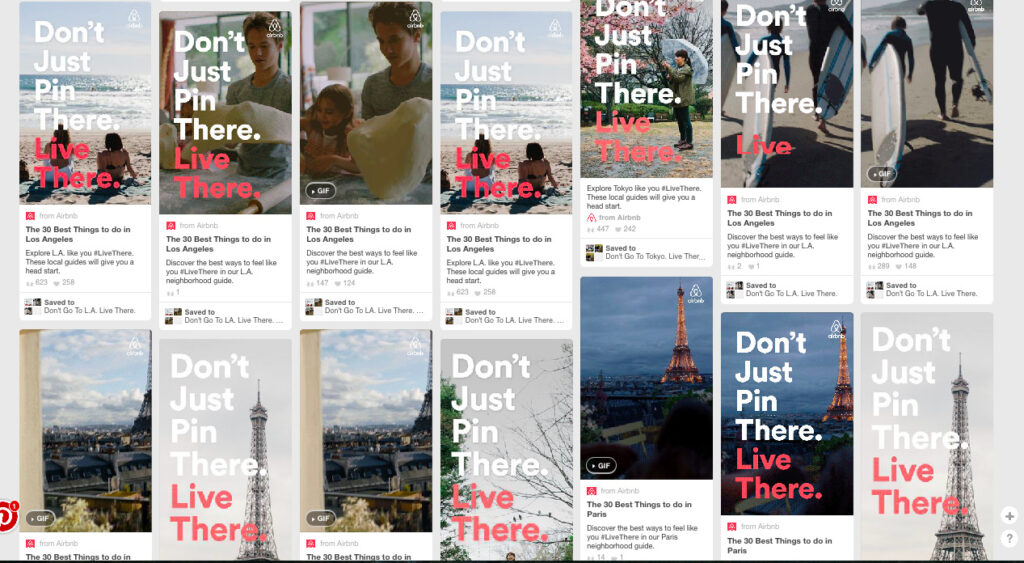
- Airbnb x Barbie (2023)
A collaboration that turned Barbie’s Malibu Dreamhouse into a real Airbnb stay.
The pink fantasy went viral — a masterclass in experiential marketing that merged pop culture with playfulness.

- Made Possible by Hosts (2021)
Post-pandemic, this emotional campaign honoured hosts for keeping the spirit of hospitality alive. It wasn’t just marketing — it was mending community bonds.
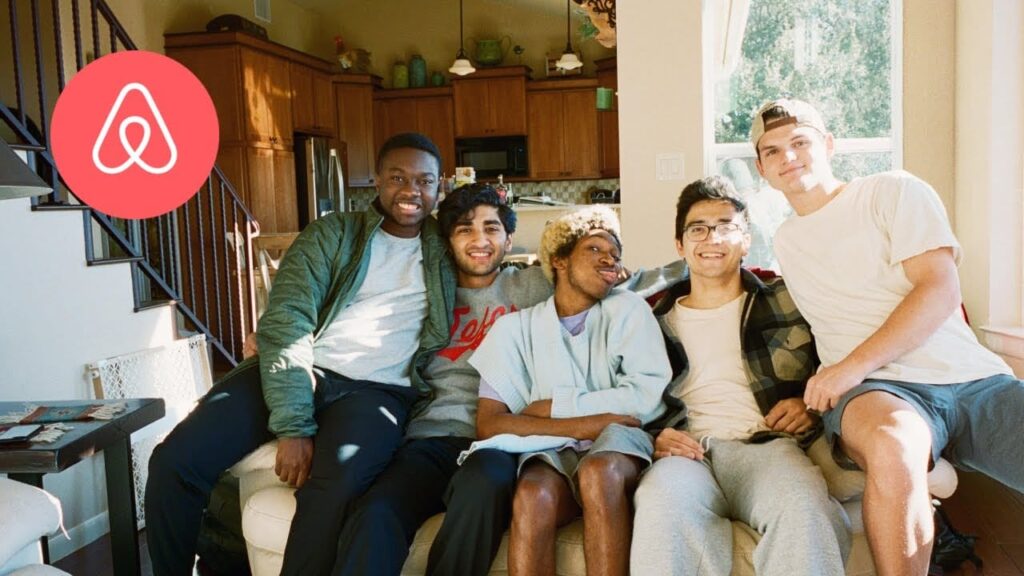
Step 11: Trust as a Business Model
Airbnb’s real innovation wasn’t cheaper stays or clever tech — it was a framework for scalable human trust.
In CEO Brian Chesky’s words:
“Our real innovation wasn’t building a platform for accommodation.
It was building a framework where millions of people can trust one another.”
Today, that framework is studied in business schools, design labs, and psychology departments alike. It demonstrates that trust is the ultimate product — and Airbnb mastered how to package, distribute, and scale it globally.
Step 12: The Emotional Core — Belonging
At the heart of everything — from product design to policy — is one simple, universal desire: to belong.
“Airbnb exists,” the company declares, “to create a world where anyone can belong anywhere.”
That isn’t a tagline. It’s a philosophy.
People don’t just book because it’s cheaper. They return because they feel seen, welcomed, and connected.
Airbnb didn’t just convince strangers to stay together — it taught the world that belonging can be built, designed, and scaled.
Key Lessons for Marketers and Founders
- Sell meaning, not features. Airbnb sold belongings, not beds.
- Design for emotion. Faces, reviews, and bios build empathy.
- Make trust reciprocal. When both sides review, fairness follows.
- Turn fear into curiosity. Reframe risk as adventure.
- Back emotion with systems. Safety must be operational, not aspirational.
- Empower the community over advertising. Stories and referrals scale better than slogans.
Final Reflection: Trust Is the New Currency
From air mattresses to a $100-billion brand, Airbnb’s story proves that the internet’s most fantastic product isn’t convenience — it’s connection.
The company didn’t build a hospitality network. It built a trust network.
And in doing so, it answered one timeless question:
“What if strangers could not only trust each other — but feel like they belong?”
That’s how Airbnb convinced the world to open their doors — and their hearts.



